A series of events after Operation Sindoor shows Pakistan’s new strategy to further its sinister designs against India—and with the support of its all-weather ally America.
Connecting the dots since India humiliated Pakistan in the four-day operation, the most daring military strike since the 1971 War, reveals a dangerous collusion between Pakistan and the US.
With Donald Trump’s open support for Islamabad in exchange for a $500 million rare earth minerals MoU and a personal cryptocurrency deal, the decades-old allies have started a new chapter in their alliance—the Cold War tactics of Pakistan directly targeting India with the US’s tacit approval.
The US has always backed Pakistan despite Islamabad being the biggest state sponsor of terrorism against India since the early ‘90s, supporting the Taliban and the Haqqani Network and sheltering global terrorists like Osama bin Laden and others.
Afghanistan’s addition to the India-Pakistan calculus could trigger more volatility in the region.
Pakistan’s Unfounded Accusations Against India over TTP Attacks
Pakistan has been riding a tiger for decades—and the predator started turning against its master in 2000.
According to the Centre for Research and Security Studies (CRSS), a Pakistani first think tank, around 900 people were killed and another 599 injured in 329 terror attacks and counter-terror operations in Pakistan, a 46 per cent surge in overall violence in Pakistan, in the third quarter of 2025.
Compared to the three quarters in 2024, the number of fatalities in the same period this year increased by 58 per cent (from 1,527 to 2414). So far, more than 2,414 people have been killed this year, compared to 2,546 in 2024.
Impact Shorts
More ShortsCRSS data shows that Khyber Pakhtunkhwa and Balochistan accounted for more than 96 per cent of the violence in the third quarter of this year.
Tehreek-e-Taliban Pakistan (TTP), formed by Baitullah Mehsud in erstwhile FATA in December 2007 against Pakistan’s military operations targeting terrorists in the region, has caused the maximum casualties.
Initially an alliance of five terrorist groups, the TTP later comprised 40 tribal and non-tribal outfits to overthrow the Pakistani government.
Terrorist attacks against the Pakistani Army and cops, particularly in Khyber Pakhtunkhwa (which now also includes FATA) and Balochistan, have jumped since 2022.
TTP emerged as the fastest-growing terrorist group globally in 2024 with a 91 per cent increase in attributed deaths from 293 in 2023 to 558. It was one of the top four terrorist groups responsible for the most deaths globally, 4,204, in 2024, according to a Global Terrorism Index report released in March.
The group’s attacks in Khyber Pakhtunkhwa more than doubled in 2024—from 182 attacks causing 265 deaths in 2023 to 462 attacks resulting in 545 deaths. The TTP, the deadliest terrorist organisation in Pakistan for the second year, was responsible for 52 per cent of deaths in 2024.
In the latest TTP attacks, 20 security personnel and 3 civilians were killed in several districts of Khyber Pakhtunkhwa on October 10.
Though not created or funded by Pakistan, the ISI is indirectly responsible for the TTP’s creation.
The Deobandi jihadist group shares its ideology with the Afghan Taliban, which has been sheltering and supporting it. The Pakistan Taliban helped their Afghan counterparts in fighting the 20-year American occupation of Afghanistan.
Mullah Omar, who co-founded the Taliban in Kandahar in August-September 1994, was trained by the ISI in the ’80s to counter the Soviets. Later, Pakistan continued to support Omar financially and militarily as he ruled Afghanistan as the Supreme Leader from 1996 to 2001. In fact, Pakistan was one of the three nations (Saudi Arabia and the UAE were the other two) to recognise the Taliban’s Islamic Emirate of Afghanistan in the late ‘90s.
After the US-led coalition ousted the Taliban in December 2001, Omar and other senior leaders relocated to Quetta, Balochistan, under the ISI’s protection. The Taliban resumed attacks against the coalition forces three years later and survived only because of the ISI’s training, funds and military expertise.
The Taliban and Al Qaeda, in turn, helped create the TTP. When the TTP lost large swathes to the Pakistani Army, its members entered Afghanistan under Taliban protection. “The bonds are close,” according to the United Nations Analytical Support and Sanctions Monitoring Team.
Pakistan, aware of the TTP-Taliban links, started accusing India of backing the group, without any substantial evidence.
As TTP attacks escalated, Pakistan blamed India all the more. Pakistan now refers to the TTP as the Fitna al Khwarij alleging it to be an “Indian proxy”.
Pakistan Using IS-KP Against Afghanistan, India
Pakistan-Taliban ties continued even during the US occupation. When the Taliban seized power in August 2021, Pakistan’s then-PM Imran Khan said that Afghans had “broken the shackles of slavery”.
However, once in complete control, the Taliban gradually realised that relying only on Pakistan wouldn’t serve Afghanistan’s wider interests. The Taliban want to portray Afghanistan as any other nation controlled by a proper government, not a group of fighters.
TTP became the flashpoint in ties with Pakistan accusing Afghanistan of providing a base to the group from where they were plotting and executing attacks on its soil with India’s help.
Pakistan was livid after Afghanistan’s foreign minister Amir Khan Muttaqi’s six-day visit to India this month. On his first day of visit, October 9, two blasts in Kabul and another in the border province of Patika were reported. Afghanistan accused Pakistan of orchestrating the blasts, violating Kabul’s “sovereign territory” and an “unprecedented, violent, and provocative act”.
Accusations against India of using Afghanistan to help the TTP carry out attacks have increased as Muttaqi landed in New Delhi and said that his country will not allow terrorist groups to attack other nations.
Afghanistan has always denied assisting the TTP—much like Pakistan denies providing sanctuary to the LeT, JeM, Hizbul Mujahideen and other terrorist groups targeting India.
Now, a new and dangerous dimension has been added to the Afghanistan-India-Pakistan equation—the Islamic State of Khorasan Province (IS-KP).
The IS-KP, a TTP splinter group formed in January 2015 after owing allegiance to the Islamic State, operates in Afghanistan, Pakistan, Tajikistan and Uzbekistan. The group aims to establish a caliphate in the region and impose the Sharia.
The IS-KP has carried out some of the bloodiest attacks in the region and outside—the August 2021 Kabul airport suicide bombing (13 US military personnel and 169 Afghans dead) and the July 2018 twin suicide bombings in Pakistan (131 dead).
A December 2024 suicide bombing in Kabul killed seven people, including Taliban refugee minister Khalil Haqqani, brother of the late Jalaluddin Haqqani, who founded the Haqqani network. He was the highest-ranking Taliban leader killed since the 2021 Taliban takeover.
The IS-KP’s deadliest attack on foreign soil was at the Crocus City Hall in Krasnogorsk, Russia, in March 2024, when four gunmen fired at civilians and used incendiary devices, killing around 150.
An arch-rival of the Taliban, the group is still active though the number of attacks and their intensity have reduced amid a massive crackdown.
The Taliban wants to finish off the IS-KP and continue supporting the TTP. On the other hand, Pakistan prefers it the other way to target both India and Afghanistan.
First, the three main Pakistani-sponsored terrorist groups against India have found a new base.
After India destroyed nine major terror launch pads in mainland Pakistan and PoK, Let, JeM and Hizbul have moved their bases to Khyber Pakhtunkhwa, according to an intelligence report in September.
Pakistan seeks to take advantage of the region’s rugged terrain and proximity to the Afghan border to target TTP, Afghanistan, the Baloch Liberation Army and the Balochistan Liberation Front and avoid Indian military strikes.
Second, the most dangerous development in the evolving terror landscape in the region is the ISI-sponsored covert tie-up between the IS-KP and LeT in Balochistan, according to a classified Indian intelligence dossier.
The ISI has been backing the IS-KP since 2015. Two major operational bases were established in the Mastung and Khuzdar districts, Balochistan, by 2018. The Crocus (Russia) attack and the Kerman (Iran) twin suicide bombings, which killed 95 at the memorial procession for Quds Force Commander General Qassem Soleimani in January 2024, were planned by the IS-KP in Balochistan.
According to Zabihullah Mujahid, the Taliban government’s chief spokesperson, ISIS-K leader Sanaullah Ghafari—better known by his nom de guerre Shahab al-Muhajir—and his associates are in Pakistan.
The recent IS-KP-LeT partnership takes Pakistan’s sinister collaboration with terrorist groups to a different level.
A recent photo shows ISI asset Mir Shafiq Mengal, who funds and arms ISKP’s operations in Balochistan, presenting a pistol to LeT commander Rana Mohammad Ashfaq.
Pakistan’s latest move in Balochistan is also dangerous for India as it brings the IS-KP, notorious for its brutal and bloody suicide bombings, closer to Kashmir. Recent editions of Yalgaar, the IS-KP’s propaganda magazine, show how the group plans to target Kashmir.
Per the dossier, the “emerging coalition of extremist entities not only intensifies the threat to Afghanistan… but also signals Pakistan Army’s intent to reignite militancy in Jammu & Kashmir” thereby “destabilising regional peace under the guise of plausible deniability”.
US is Biggest Destabilising Force in Region
The three blasts in Afghanistan triggered a fierce border clash between Pakistan and the Taliban in Helmand, Kandahar, Zabul, Paktika, Paktia, Khost, Nangarhar and Kunar, along the Durand Line. The Taliban claimed to have killed 58 Pakistani soldiers and 20 IS-KP members while Pakistan claimed to have killed around 200 Taliban fighters.
Now, Donald Trump, in his usual bombast, has already declared the clash a war he wants to “solve”. On his way to Israel and then to Egypt for the Gaza ‘peace summit’, he told the media on Sunday that “this will be my eighth war that I have solved, and I hear there is a war now going on between Pakistan and Afghanistan”.
The US has been the biggest destabilising force in the Afghanistan-Pakistan-India Triangle.
First, the US twice abandoned Afghanistan and let chaos run supreme.
America overlooked the Mujahideen factions fighting for supremacy during the Second Afghan Civil War (1992–1996) and allowed the Taliban to take over in September 1996. In December 2001, the US dislodged the Taliban, as part of the Global War on Terrorism, and pulled out in August 2021, allowing the group to take control of Afghanistan.
Second, the US supported Pakistan economically and militarily and allowed the ISI and the Army to target India.
Starting in 1988, the US rewarded Pakistan for its role in training and arming the Mujahideen against the Soviets in Afghanistan by turning a blind eye as then-President and COAS Muhammad Zia-ul-Haq planned Operation Topac. As terrorists, including Mujahideen fighters, infiltrated Kashmir after the Soviet withdrawal from Afghanistan, the US looked the other way.
The latest US move to warm up to Pakistan despite the Pahalgam attack and earlier terrorist attacks in India isn’t surprising. The US has played a disruptive role in India-Pakistan relations by allowing it to sponsor, train and shelter terrorists who have targeted India and other nations.
The US role in the current Afghanistan-India-Pakistan dynamics could spiral into a more volatile situation.
Trump’s latest fantasy is the Baram Air Base.
The president wants the US to retake control of the sprawling air base, around 800 km from the Chinese border and the main American base in Afghanistan for 20 years, to counter China. It’s “an hour away from where [China] makes its nuclear weapons”, he said last month. Besides, the US can also monitor Iran and Pakistan’s tribal belt.
When the Taliban flatly rejected Trump’s idea, he warned that “bad things are going to happen” to Afghanistan. However, Muttaqi reiterated the Taliban’s stand on the air base, once a drone base and a logistics and detention centre.
“If someone wants to have ties with us, they can come through the diplomatic mission, but not in military uniform. It’s not acceptable to us,” he told the media in New Delhi last week.
Several other nations in Central and South Asia are also opposed to Trump’s idea. At a meeting in Moscow last week, Russia, India, Pakistan, China, Iran, Kazakhstan, Tajikistan, Uzbekistan and Kyrgyzstan opposed any foreign military base in Afghanistan.
Trump has always batted for non-intervention in foreign wars or countries. However, his stand is changing in the second term—the best example was the US bombing of Iranian nuclear sites in June.
Trump’s latest Afghanistan fascination, which could end soon or later, is a warning sign and could reshape the strategic balance in the region.
Trump, eager to extract the US from Afghanistan in his first term, was behind the disastrous Doha Accord, signed between the US and the Taliban without involving the Ashraf Ghani government during Joe Biden’s term in February 2020.
Now, Trump wants the US to return to the very country it left in haste.
The strategic and military reasons are evident—China, Iran and terrorism in Afghanistan and Pakistan.
However, another factor that could be part of Trump’s idea is Afghanistan’s vast known deposits of rare earth and other minerals worth, at least, a trillion.
According to a report published by the Ministry of Mines and Petroleum, Afghanistan has 1.4 million tonnes (MT) of rare earth minerals, 30 MT of copper, 4.5 MT of aluminium, 152 MT of barite, 2.2 billion tonnes of iron ore, 1.3 billion tonnes of marble and an estimated 2,698 kg of gold deposits.
Since 2021, the Taliban has awarded around 205 mining contracts to 150-plus companies. In September 2023, Afghanistan signed mining deals worth more than $6.5 billion. In May 2024, China, Qatar, Turkey, Iran and the UK invested more than $7 billion in Afghanistan to tap the rich mineral resources.
With China leading other nations in tapping the minerals in Afghanistan, Trump doesn’t want to be left behind.
In the new American gamble in the region, India stands to lose the most. Before, during and after the US presence in Afghanistan, Pakistan always got the leeway against India. While Pakistan has publicly opposed the proposed US takeover of the Bagram Air Base, an American presence will bolster its confidence.
The American silence, as the ISI funds and shelters IS-KP members in Balochistan to target the rebels, the TTP, Afghanistan and India and builds centres for the LeT, JeM and Hizbul in Khyber Pakhtunkhwa, is nothing but complicity in Pakistan’s sinister designs.
The writer is a freelance journalist with more than two decades of experience and comments primarily on foreign affairs. He tweets as @FightTheBigots. Views expressed in the above piece are personal and solely those of the writer. They do not necessarily reflect Firstpost’s views.


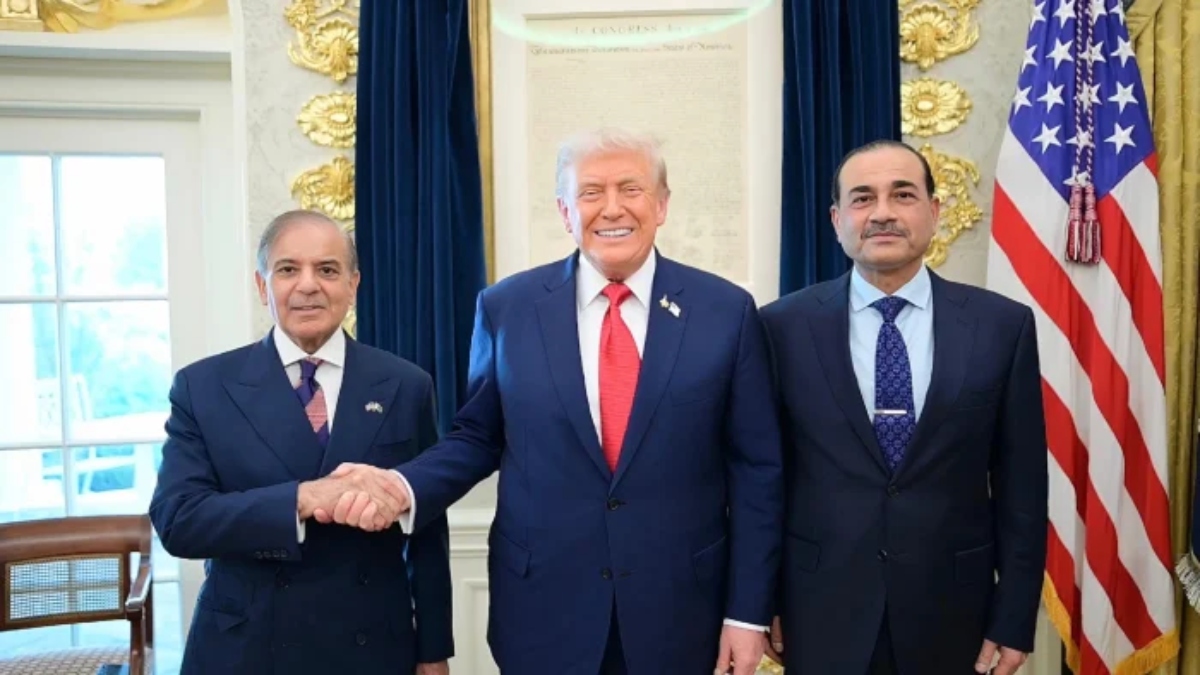)
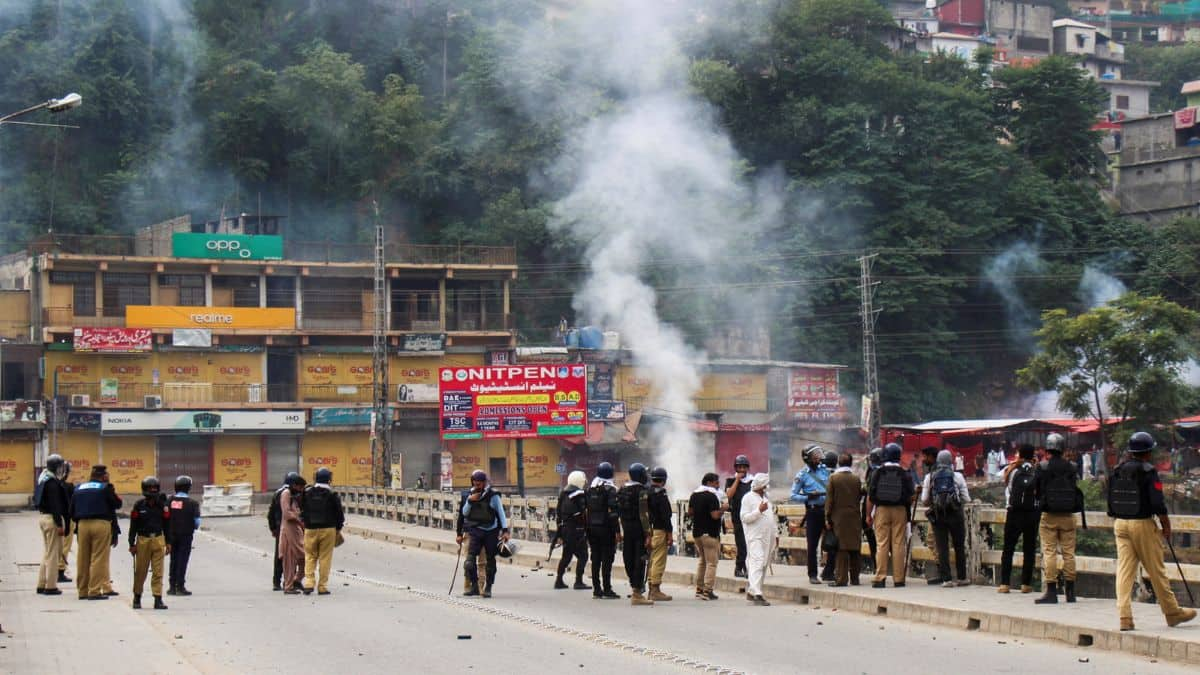
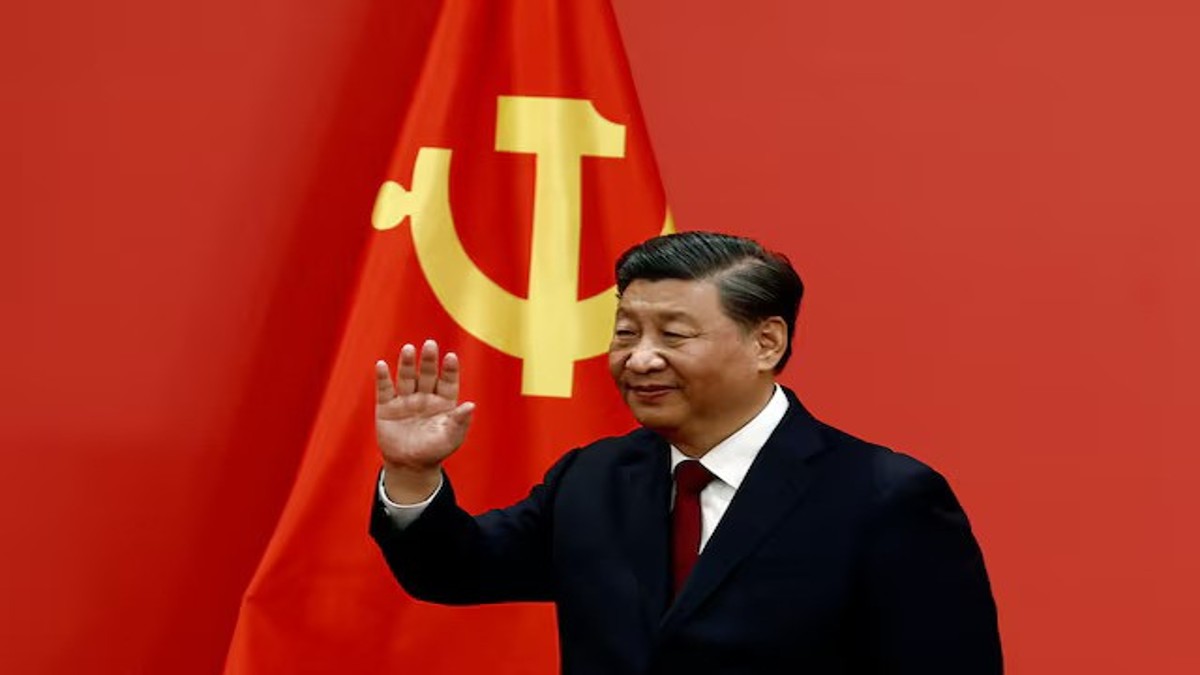)
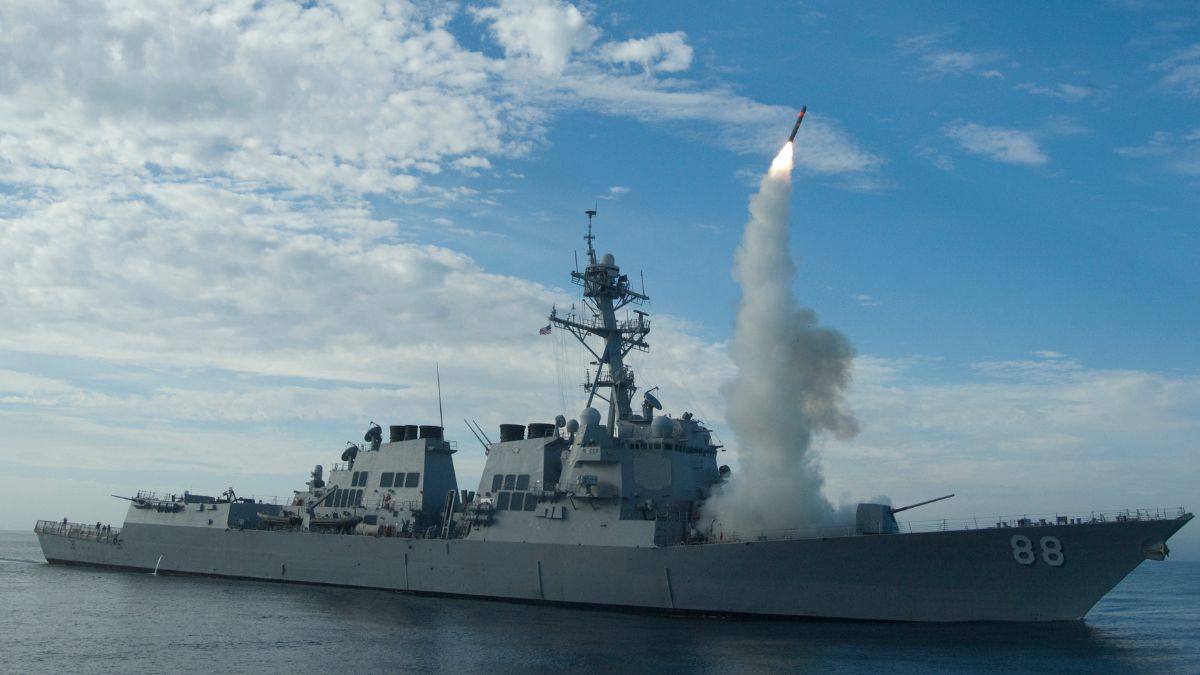)
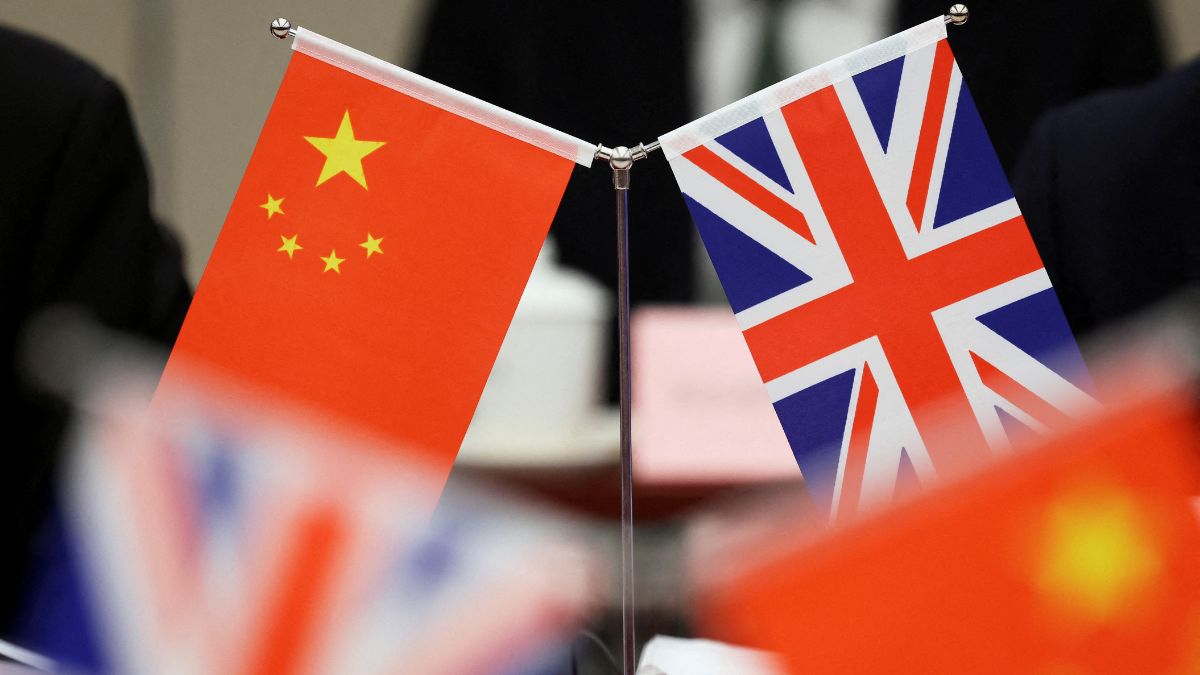)
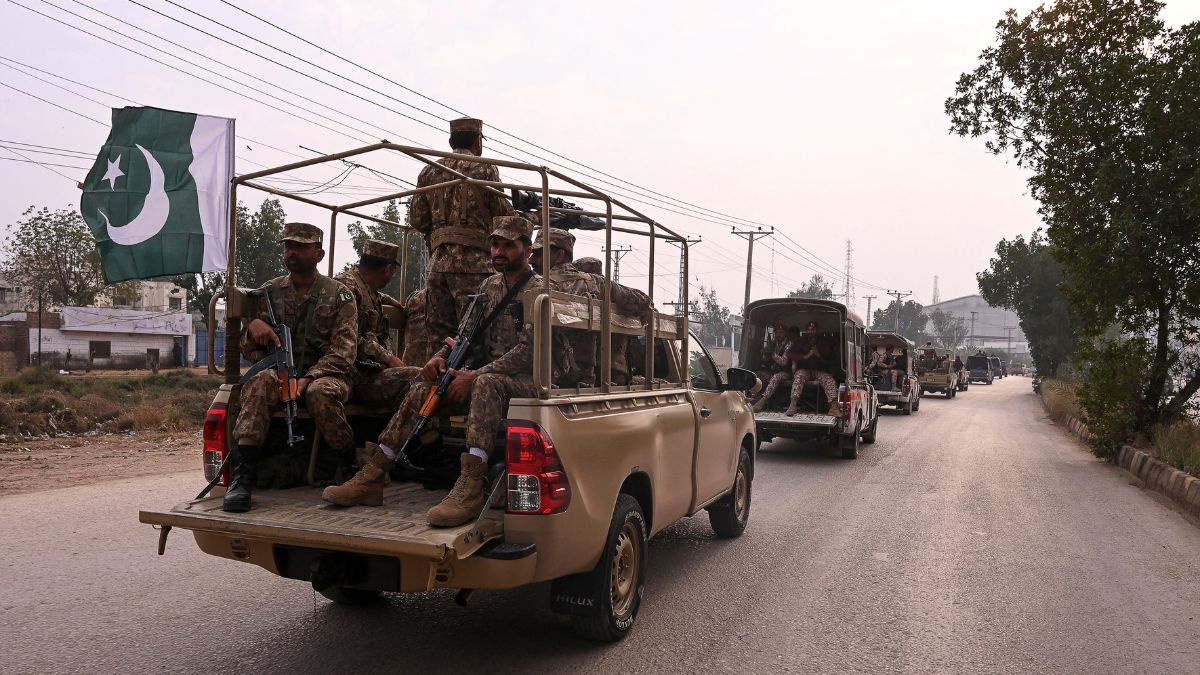)
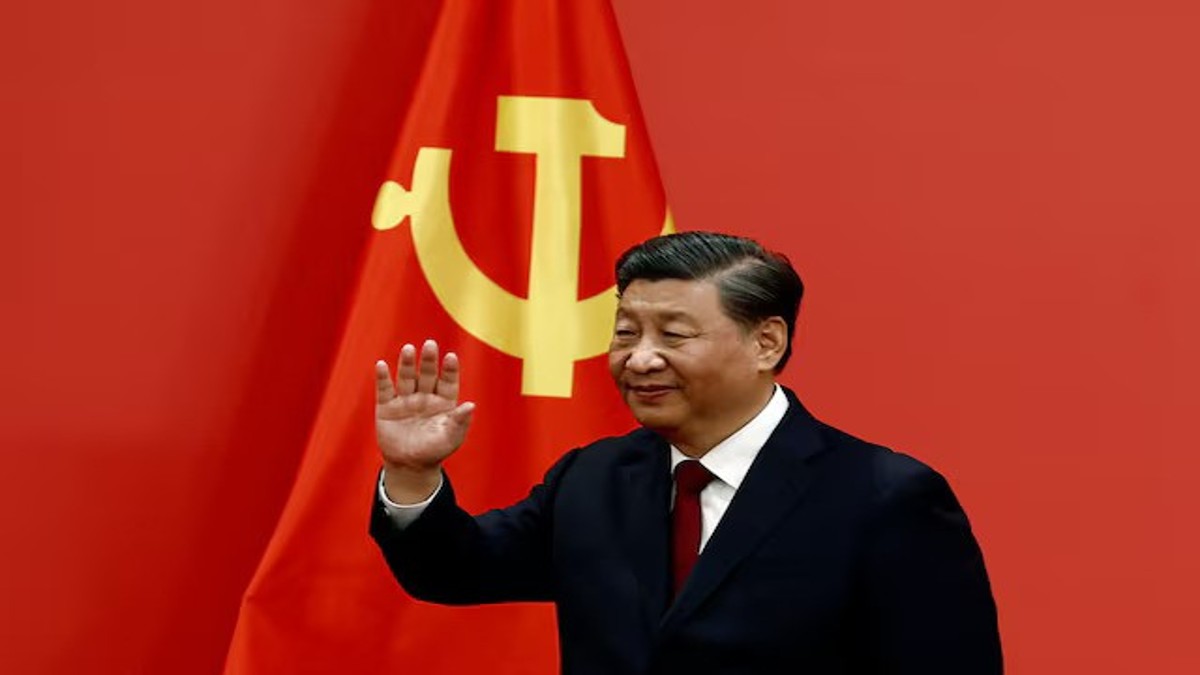)
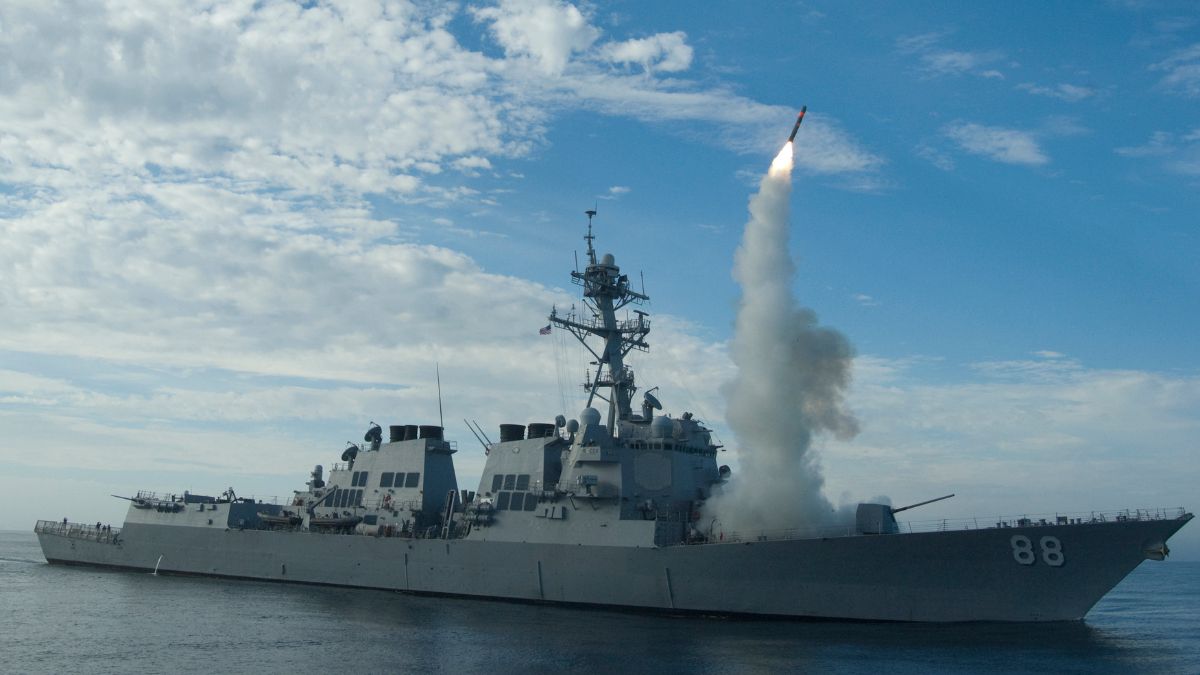)
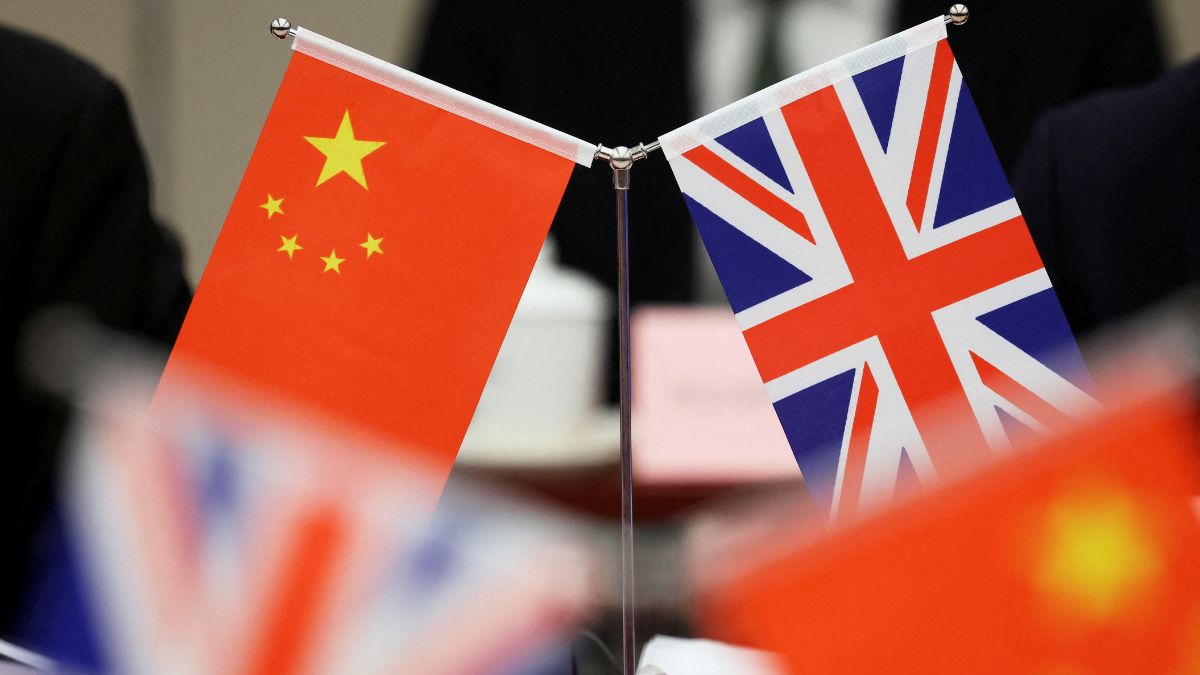)
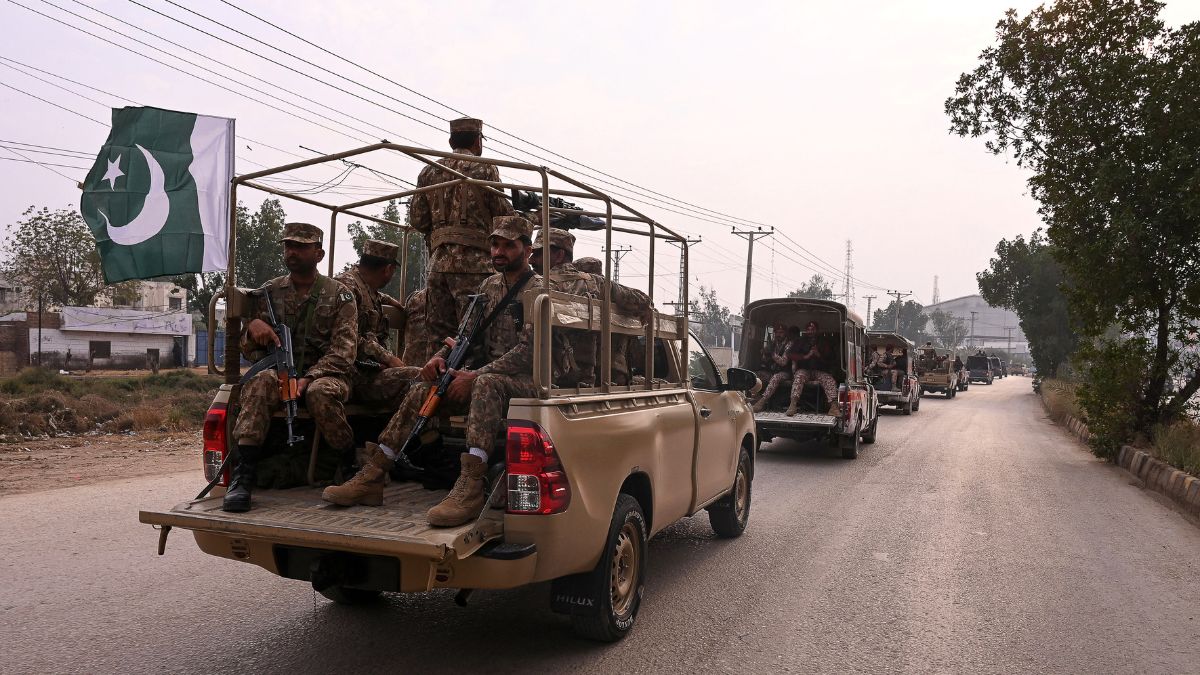)



